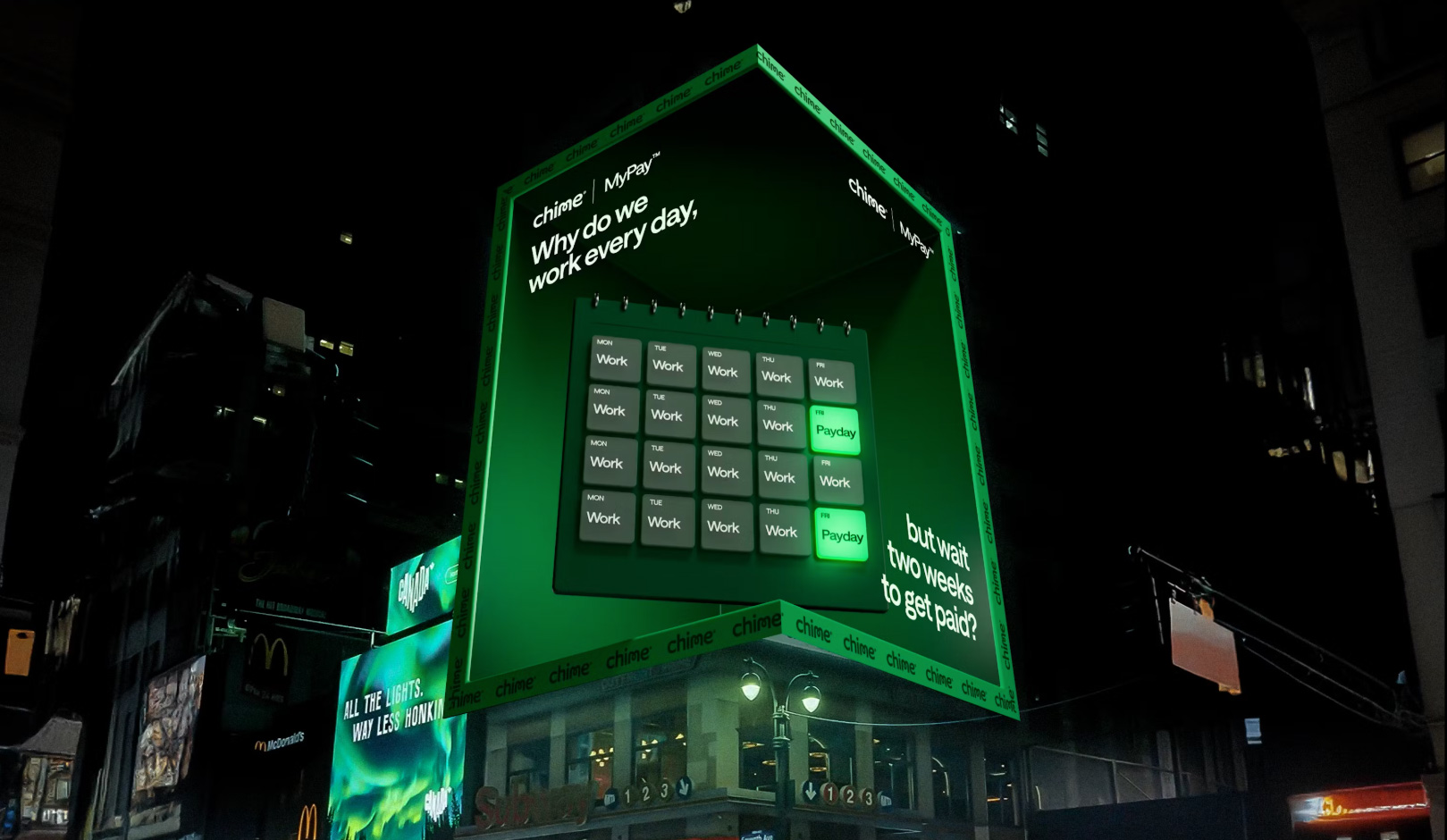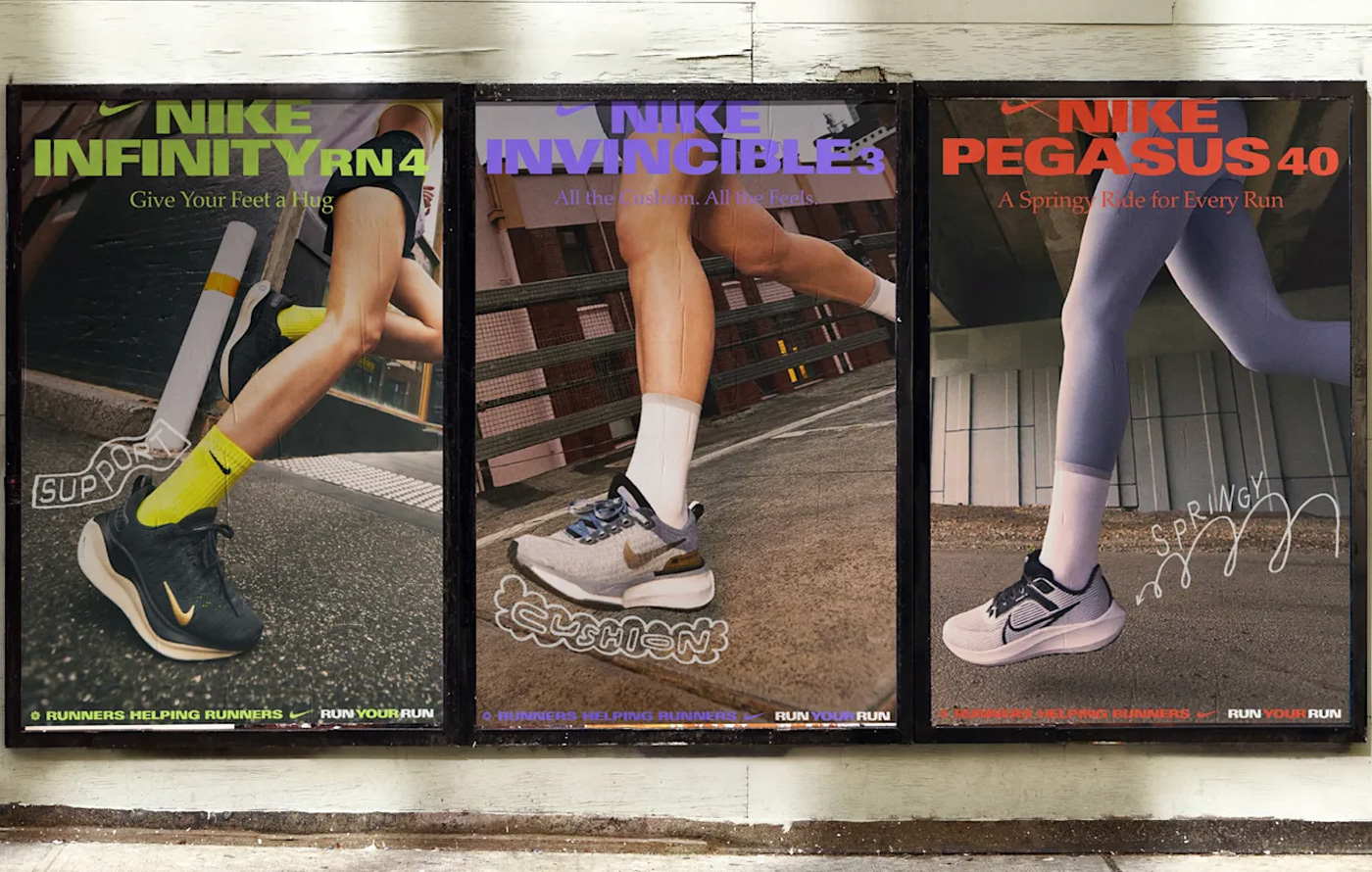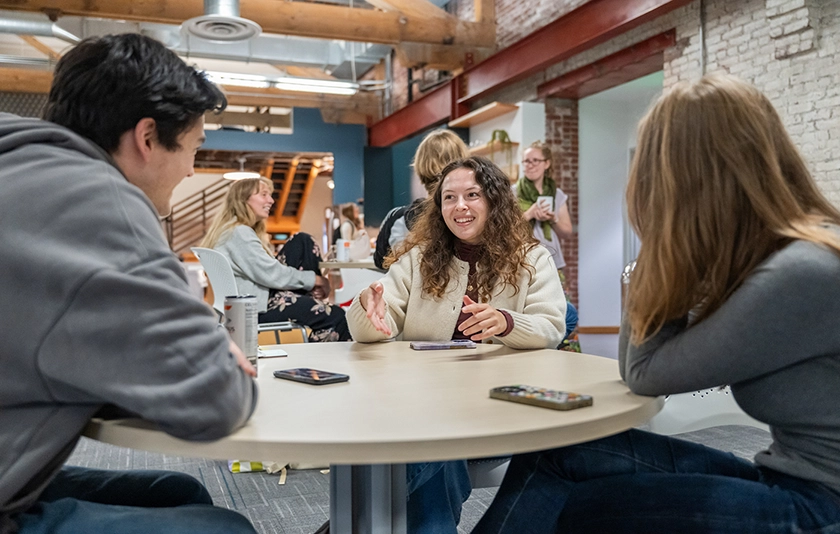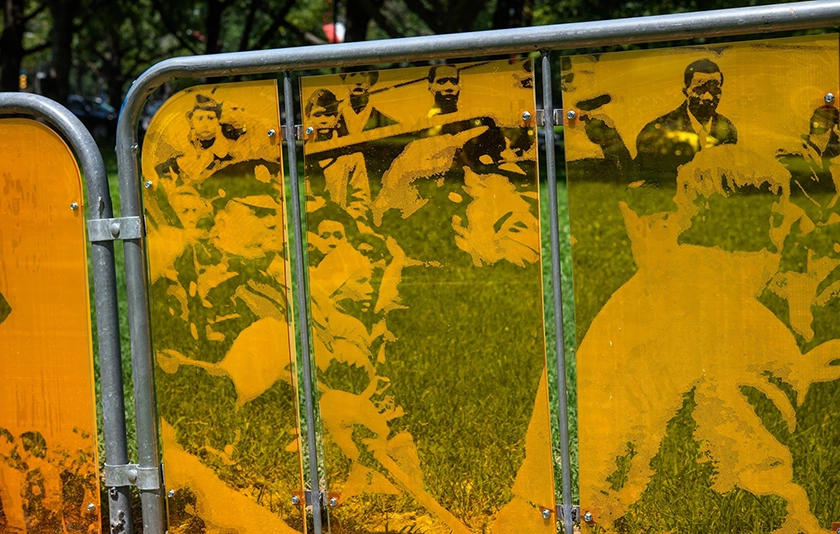Steven Xue BFA’19 has built a career using experimentation and collaboration to bring his clients’ visions to life.
When those clients are some of the biggest brands in the world — like Nike, Adobe, or Dell — Xue says you have to approach a project with flexibility and a bit of humility.
That pragmatic, problem-solving design philosophy — which draws inspiration from printmaking, typography, and multimedia graphic design — was first honed at PNCA, where Xue thrived in his interdisciplinary coursework and internships.
Now, Xue is using these skills to create attention-getting and innovative designs, all while navigating the challenges of working collaboratively with a variety of stakeholders.
In one project, Xue’s team worked with Nike, using a mix of hand-drawn illustrations, photography, and video to create “wigglegrams,” GIFs that are easily shared on social media.
We caught up with Xue to learn more about what he has learned from his recent work and his advice for students pursuing careers in art and design.
Read our previous story on Xue.
What are some of your proudest recent accomplishments?
The proudest work I’ve done lately has been some of the pitch work we did. With pitches, we can listen to our hearts and follow our own vision more than usual, as long as we are still answering the brief. This gives us more freedom and brings an idea to life in the best and most impactful way for us, coming from outside the company.
 I’m also very proud of the Chime MyPay work we did last year in late 2024. It’s always a dream of any creative to have their work shown on some of the world’s most viewed and iconic billboards, and lucky for us, Chime gave us that opportunity. With this work, we created a series of 3D anamorphic billboards in Times Square, among other placements in NYC. That was super fulfilling to see come to life.
I’m also very proud of the Chime MyPay work we did last year in late 2024. It’s always a dream of any creative to have their work shown on some of the world’s most viewed and iconic billboards, and lucky for us, Chime gave us that opportunity. With this work, we created a series of 3D anamorphic billboards in Times Square, among other placements in NYC. That was super fulfilling to see come to life.
How have you used your PNCA experience in your current work?
The core of what I do and how I approach a project remains the same. It doesn’t matter if it is a school project or a real-life client project. I try to understand the context, what it is I am aiming to create, and what effect it has. Then there is a lot of experimentation, crafting a strong conceptual reasoning for the work, and rounds of refinement that go into creating the actual work. This process remains the same.
What lessons have you learned in your work with Nike and other major brands?
The biggest lesson is probably: don’t take your work too personally, and be flexible and patient. Big brands often have many decision-makers, stakeholders, and business objectives. Not only will you have to align your creative work with your clients’ vision and business goals, but often, the clients themselves will not be fully aligned within their own organization. That’s always a tough situation, and you could end up needing to quickly pivot over and over, and move on from work that you have grown to like.
Can you talk about how and why your team blended illustration with photography and video through “wigglegrams” in Nike’s “Run Your Run” campaign?
The “wigglegrams” was the idea of someone else on the team. But we and the clients liked the idea and execution because it was an interesting way to show something that’s between a still and a video. And the 3D aspect of it stood out to us on social media. The illustration was already part of our visual system for that project, so it was a natural extension into those GIFs.
What advice would you give to new graduates who are pursuing art and design careers?
Pursue deeply the things you are curious about. Make that part of your interest, point of view, and style. Keep learning new things and try to apply them in your work. Also, learn to talk about your work in a way that everybody can understand, and get passionate about it. That will go a long way when presenting your work to clients, potential employers, or even just your teammates.




